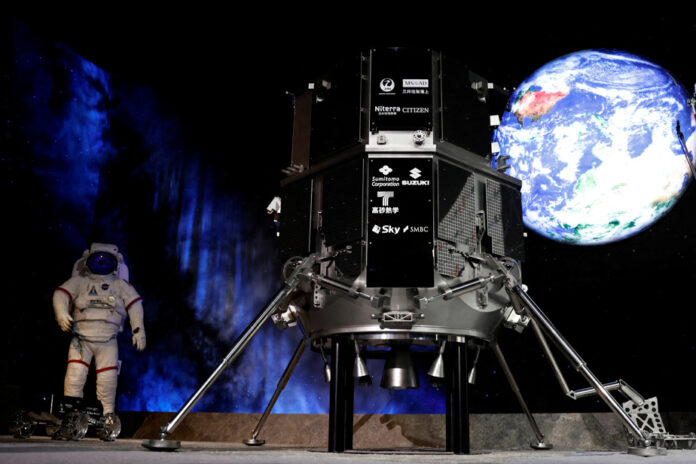(Tokyo) The craft of a Japanese start-up, which was trying to become the first private company to successfully land on the Moon, probably crashed during a “hard moon landing”, the company announced Wednesday, determined to carry out new missions.
“It has been concluded that there is a high probability that the lander ultimately made a hard landing on the surface” of Earth’s natural satellite, ispace said in a statement, noting that engineers from the start-up up are busy trying to understand the reasons for this failure.
The start-up had announced earlier that it had lost contact with the craft when it was scheduled to land.
The Hakuto-R program lander, which had been in orbit some 100 kilometers above the Moon for a month, had begun its descent to the lunar surface about an hour earlier. A complex maneuver that was performed entirely automatically.
Everything seemed to be going according to plan, but after the scheduled landing time of around 12:40 p.m. attempted to re-establish communication with the lander, to no avail.
“Even though we don’t think we can successfully land the moon this time, we believe that this mission turned out to be of great importance, thanks to the acquisition of a lot of data and experience,” said the boss and founder. of the start-up Takeshi Hakamada.
“What’s important is to use this knowledge and learning for Mission 2 and beyond,” he added.
The start-up is preparing two new missions to try to land on the Moon, and this setback will not change anything, defended the boss of ispace.
The success of this mission was far from guaranteed. In April 2019, the Israeli organization SpaceIL saw its probe crash into the surface of the Moon.
So far, only the United States, Russia and China have managed to land robots on the Moon, located about 400,000 km from Earth.
India had also tried in 2019 to land a probe, named Vikram, but it crashed.
Measuring 2 by 2.5 meters, the lander was launched in December from the US base at Cape Canaveral, Florida, aboard a SpaceX rocket.
It carried several small lunar vehicles, including a miniature Japanese model developed by the Japanese Space Agency in collaboration with toymaker Takara Tomy.
Another lunar vehicle (“rover”) built by the United Arab Emirates was also on board.
This Gulf country, a newcomer to the space race, sent an orbital probe to Mars in 2021. If its small 10-kilo vehicle, named Rashid, had succeeded in being deployed, it would have carried out the first lunar mission of the Arab World.
The Japanese firm’s Hakuto (“white rabbit” in Japanese) project was one of five finalists in the international Google Lunar XPrize competition, which ended without a winner, with no company having successfully landed a robot before the date set (2018).
Two other companies, American companies Astrobotic and Intuitive Machines, are due to take off later this year in an attempt to land on the Moon.
These missions are carried out in partnership with NASA, which intends to develop the lunar economy and has commissioned private companies to transport equipment and scientific experiments to the Moon.
The American space agency plans, with its Artemis program, to re-land astronauts on the lunar surface in the coming years, to establish a base there, and to build a space station in orbit around the Moon.
Japan and the United States announced last year that they would cooperate to send a Japanese astronaut to the moon by the end of the decade.















